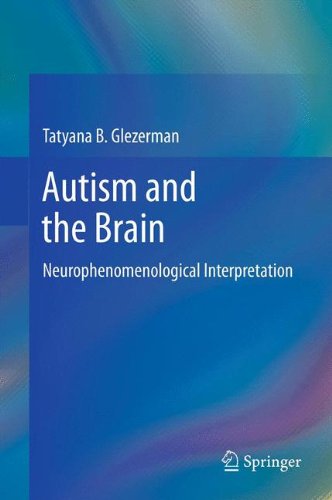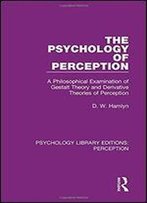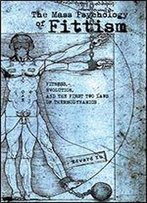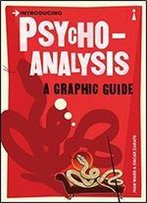
Autism And The Brain: Neurophenomenological Interpretation
by Tatyana B Glezerman /
2013 / English / PDF
4.2 Mb Download
For years, the typical presentation of autism—the developmental delays, the social and linguistic deficits—has been well known. Despite great variation among children with this condition, certain symptoms are considered hallmarks of the disorder. Less understood is why these symptoms come together to construct autism. And as autism rates continue to rise, this information is ever more vital to accurate diagnosis and treatment. Autism and the Brain offers answers by showing a new neuropsychology of the autistic spectrum, reviewing general brain organization, and relating specific regions and structures to specific clinical symptoms. The author identifies deficiencies in areas of the left-hemisphere associated with the self and identity as central to autism. From this primary damage, the brain further reorganizes to compensate, explaining the diverse behaviors among low- and high-functioning individuals as well as autistic savants. The result is a unique three-dimensional view of brain structure, function, and pathology, with in-depth focus on how the autistic brain: Perceives the world. Understands and uses words. Perceives faces. Understands spatial relations and numbers. Understands feelings and registers emotions. Perceives the self as separate from others. Acts in the world.











